Design of Individual Work Plans for the Special Education Teacher Working With Visually Impaired Children
Author(s)
Afanasyeva Raisa Al’bertovna
Candidate of Sciences (Pedagogy), Associate Professor, Head of the Department of Theory and Practice of Special Education and Upbringing Pedagogical Institute, Irkutsk State University
1 K. Marx St, Irkutsk, Russia, 664003, tel.: +7(3952)241097, e-mail: This email address is being protected from spambots. You need JavaScript enabled to view it.
Menshikova Tatyana Andreevna
Head Special Kindergarten №72 for Visually Impaired Children
23 A Podbelsky St, esidential district Central, Bratsk, 665708, Irkutsk region, tel.: +7(3953)459472, e-mail: This email address is being protected from spambots. You need JavaScript enabled to view it.
Abstract.
Introduction. The problem of organizing the upbringing and teaching of children with disabilities requires special attention to meet their special educational needs, ensure quality education and its continuity. This problem is due to the need to update the content of correctional and pedagogical work by individualizing education. The purpose of the study is to identify the extent to which the preschool visually impaired children are ready to school and develop individual work plans for the special education teacher to eliminate the inability of these children to fully perform the functions significant for school.
Materials and methods. The research materials employ the indicators of school readiness of children with visual impairment, and are used to determine the ways of their improvement through individual work. The methods and techniques used in the research include the method of theoretical analysis; empirical methods; experimental psychological examination; the method of pedagogical experiment, and the method of pedagogical analysis. The diagnostic examination methods for preschoolers developed by N. Ye. Veraksa, A. L. Luria, E. N. Podkolzina D. B. Elkonin served as a basis for assessing the formation of school-significant functions, organizing the examination procedure, and for determining correctional and pedagogical work. The survey was conducted in five main aspects of school readiness in visually impaired children. The method of diagnostic examination of preschool children with visual impairment makes it possible not only to carry out their tyflopedagogical examination, determine the specific content and concept of correctional and pedagogical work of the special education teacher but also to carry out its individual long-term planning.
Results. A clear differentiation of preschool visually impaired children has been carried out according to the school readiness indicators. Scientific and methodological recommendations on the development of individual work plans in the stage of preparation of this category of children for school are given for the special education teacher.
Conclusion. The obtained scientific and methodological developments are adopted at the Kindergarten No. 72 for visually impaired children in the city of Bratsk. In the future, it is planned to publish the methodological recommendations based on the research materials.
Keywords: preschool children with visual impairment, individual approach, preparation for school, individual work plans, organization of the educational process.
For citation: Afanasyeva R. A., Menshikova T. A. Design of Individual Work Plans for the Special Education Teacher Working With Visually Impaired Children. Pedagogicheskiy IMIDZH = Pedagogical IMAGE. 2019; 13(3): 374–385. DOI: 10.32343/2409-5052-2019-13-3-374-385
UDС: 376.3
DOI: 10.32343/2409-5052-2019-13-3-374-385






